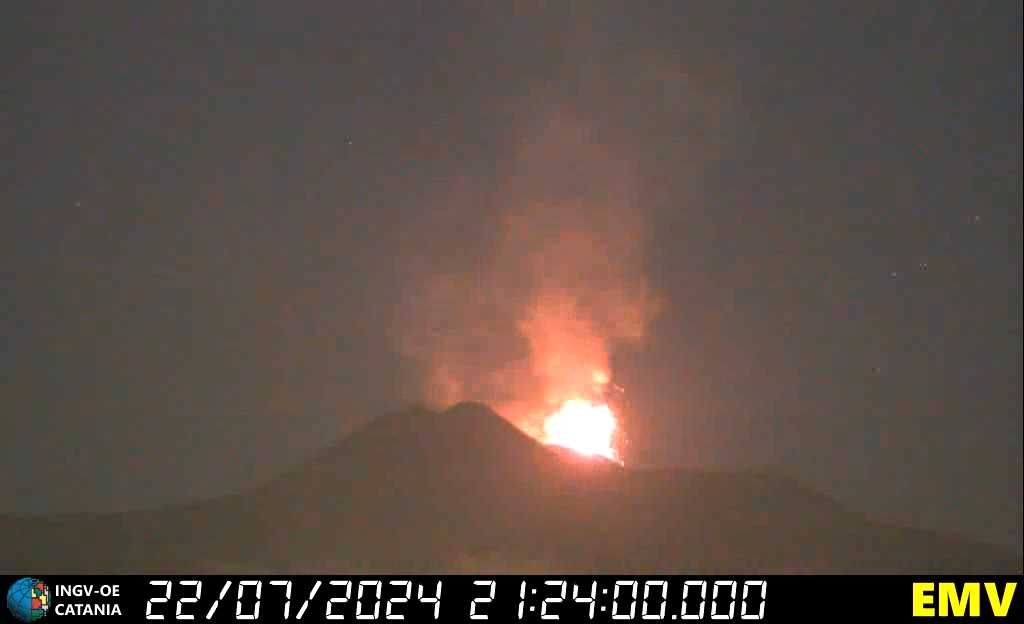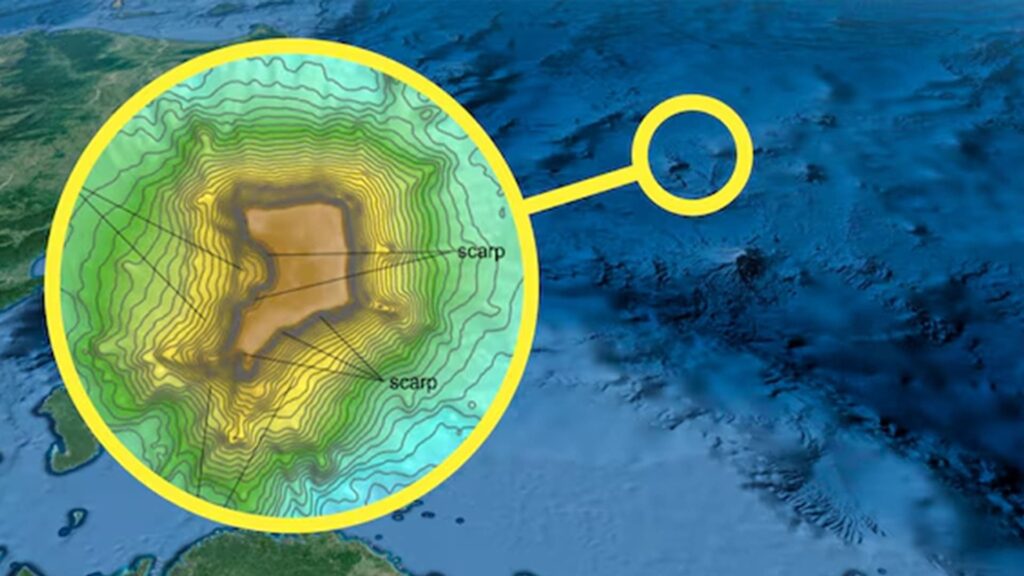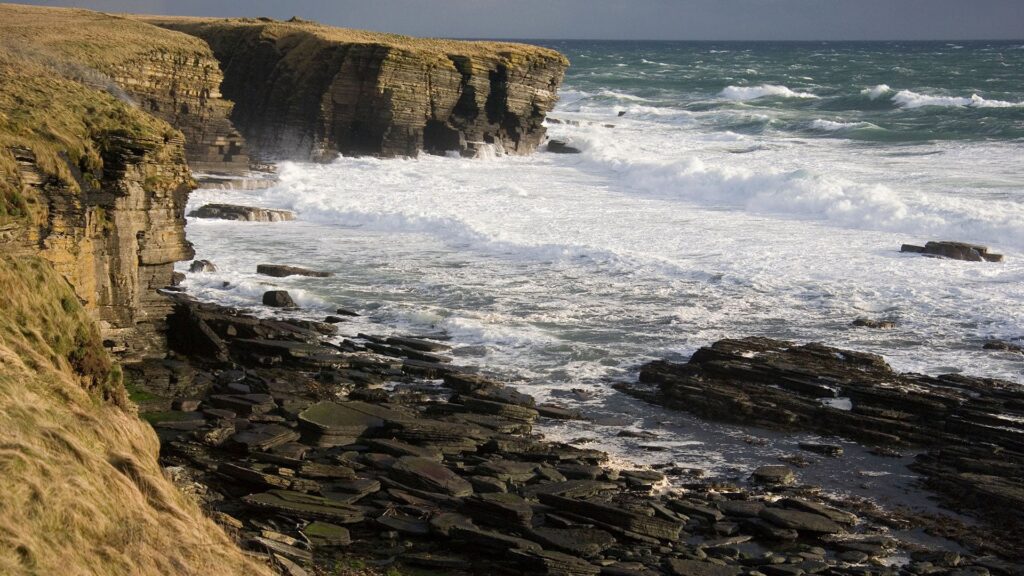Etna erupts again in the early hours of the morning
Etna update: During the night of July 22-23, at 4:08 a.m., the INGV surveillance cameras on Mount Etna showed another volcanic eruption. This incident occurred at the Voragine crater and was characterized by loud explosions, a lava fountain and a lava flow that flooded the rim of the Bocca Nuova crater. This activity was not entirely unexpected, as the Sicilian volcano had already recorded several intense eruptions in recent weeks.

Ashfall over Catania and airport closure
The recent paroxysmal eruption of Mount Etna caused a significant ash fall over the city of Catania. This ashfall led the authorities to take immediate action to ensure safety both on the ground and in the air. INGV's Osservatorio Etneo reacted quickly to the situation and issued a VONA (Volcano Observatory Notice for Aviation) informing airlines and aviation authorities of the potential dangers. As a result, the airport in the Sicilian capital was closed as a precautionary measure to avoid potential risks to aircraft, such as reduced visibility or damage to engines caused by ash particles.
The eruption itself was accompanied by violent explosions and an impressive lava fountain that shot up to several hundred meters into the air. The escaping ash was carried by the prevailing winds towards the city of Catania, where it was deposited as fine black dust on roads, cars and buildings. These deposits can not only affect air quality, but also disrupt the daily lives of residents, for example by impairing visibility on the roads and the functioning of machinery and vehicles.
Despite these challenges, there were fortunately no serious disruptions or injuries to residents. The population of Catania is well prepared due to the frequent volcanic activity of Mount Etna and the local authorities have efficient emergency plans that can be implemented quickly. Schools and public facilities remained open and daily life was able to continue with minimal disruption, although residents were instructed to take precautions such as wearing masks to avoid inhaling the fine ash particles.
The closure of the airport was carried out with great care and in accordance with international safety standards. Air travelers were informed about the situation and alternative travel plans were coordinated in cooperation with the airlines to minimize inconvenience to passengers. The airport authorities continuously monitored the situation and worked closely with INGV to ensure safety and to reopen the airport as soon as possible once the ash cloud had dissipated and no longer posed a threat.

Height of the ash column and impact on air traffic
According to the latest VONA report (Volcano Observatory Notice for Aviation) from INGV's Osservatorio Etneo, the ash column from the recent eruption of Mount Etna reached an impressive height of 8,000 meters above sea level. This enormous ash column, which was visible to the naked eye from a great distance, was carried by the prevailing winds in an east-southeast direction. This wind direction caused the ash cloud to head directly towards the city of Catania and its surrounding areas.
The high concentration of volcanic ash in the atmosphere poses a significant risk to air traffic. Volcanic ash can drastically reduce visibility for pilots and get into the engines of aircraft, which can lead to serious mechanical damage. The fine ash particles can damage the turbine blades, clog the engines and, in the worst case, lead to engine failure. For this reason, the monitoring and reporting of ash clouds is of crucial importance for aviation safety.
In view of these dangers, the VONA bulletin contained a red code, which represents the highest warning level for aviation. This red code signals an imminent threat to air traffic and usually leads to strict precautionary measures, including the suspension of all departures and arrivals at the affected airports. In this case, the ash cloud led to the immediate closure of Catania Airport, an important hub for national and international air traffic in Sicily.
The decision to close the airport was not taken lightly. It was based on extensive safety protocols and knowledge of the potential risks that volcanic ash poses to aircraft. The airport authorities worked closely with the INGV and other relevant bodies to closely monitor the development of the ash cloud and ensure the safety of passengers and crews.
During the closure, all affected airlines and passengers were informed of the situation. Flights were diverted, rescheduled or canceled to ensure that no aircraft entered the endangered airspace. Cooperation between the various authorities and airlines was crucial to minimize the impact on travelers while maintaining the highest safety standards.
The closure of Catania Airport also had a far-reaching economic impact, as the airport plays a central role in tourism and trade in the region. Nevertheless, these measures were deemed necessary to ensure the safety and well-being of the people. The airport authorities continuously monitored the situation and worked to resume operations as soon as possible once the ash cloud had cleared and there was no longer a risk to air traffic.
The closure of Catania airport and the measures that followed demonstrate the serious impact that a volcanic eruption can have on modern infrastructure. They underline the importance of real-time monitoring and international cooperation to ensure the safety of air travel while minimizing disruption to passengers.
Seismic activity in connection with the eruption
Seismically, small tremors were recorded at an altitude of 3000 meters, which were associated with the volcanic tremor.
No connection between the eruptions of Etna and Stromboli
In view of the intense volcanic activity that has recently affected Mount Etna and Stromboli, one might wonder whether there is a connection between the two Sicilian volcanoes. The truth is that they are two completely independent volcanic systems and the close timing of the eruptions is pure coincidence, as has happened in the past.

